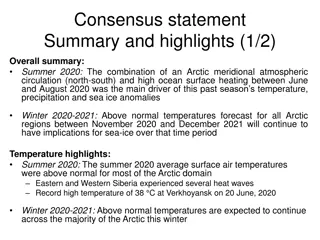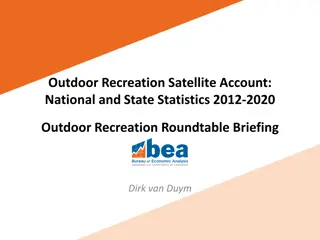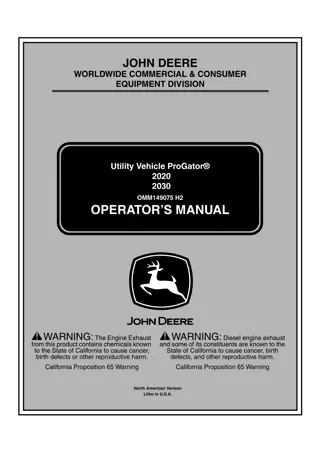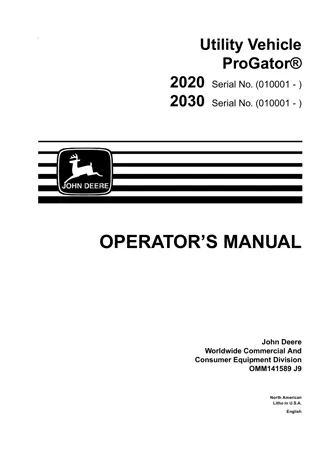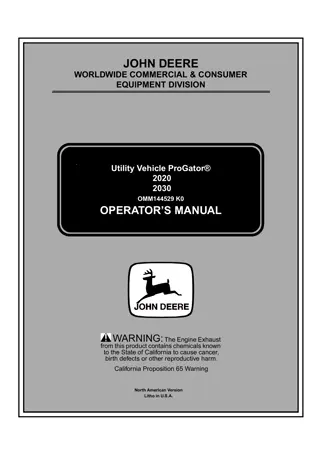
Understanding Viscosity in Colloidal Systems
Explore the concept of viscosity and its importance in studying colloidal systems. Learn about Newtonian and Non-Newtonian fluids, viscosity coefficients, Einstein's equation, and how viscosity data can reveal molecular weights. Discover the significance of intrinsic viscosity and its role in calculating polymer molecular weights through concentration measurements.
Download Presentation

Please find below an Image/Link to download the presentation.
The content on the website is provided AS IS for your information and personal use only. It may not be sold, licensed, or shared on other websites without obtaining consent from the author. If you encounter any issues during the download, it is possible that the publisher has removed the file from their server.
You are allowed to download the files provided on this website for personal or commercial use, subject to the condition that they are used lawfully. All files are the property of their respective owners.
The content on the website is provided AS IS for your information and personal use only. It may not be sold, licensed, or shared on other websites without obtaining consent from the author.
E N D
Presentation Transcript
Lab 5 Viscosity Assistant Lecturer Hiba Sabah Zeina Dawood Sura Zuhair
Introduction Viscosity:is an expression of the resistance to flow of a system under an applied stress. The more viscous a liquid ,the greater the applied force is required to make it flow at a particular rate. This lab is concerned with the flow properties of dilute colloidal systems and the manner in which viscosity data can be used to obtain the molecular weight of materials comprising the disperse phase. Viscosity studies also provide information regarding the shape of the particles in solution.
Materials classify according to the type of flow and deformation into: Examples of Newtonian system: water or any simple liquid (gelatin solution, olive oil, glycerin, castor oil, chloroform and ethyl alcohol). 1 Examples of Non Newtonian system: complex liquid or systems which contain polymers ( colloidal solution, emulsion, liquid suspension and ointments). 2 The classification depends on whether or not their flow properties are according to the Newton's law of flow.
Einstein equation Einstein equation ? = ??? + ?.? ? .(?) ? :is the viscosity of the dispersion. ?0 :is the viscosity of the dispersed medium ? :is the volume fraction of colloidal particles. The volume fraction is defined as the volume of the particles divided by the total volume of the dispersion. It is therefore equivalent to concentration term. ?????? ?? ????????? ????? ?????? ?? ?????????? ? =
Several viscosity coefficients may be defined with respect to this equation. These include relative viscosity(????), specific viscosity(???), intrinsic viscosity(????) and reduced viscosity(????) ? = ??? + ?.? ? .(?) divided by ?? ? ?? = ? + ?.? ? (?) ? ?? ????= ? ?? ? = ?.? ? (?) ? ?? ? And ???= ??? ? = ?.? (?) Since the volume fraction is directly related to concentration. ???? =??? (?) ? ????= ??????? ?????????
Where C the concentration is expressed in gram of colloidal particles per 100ml of total dispersion ??? ? is plotted against conc. and take the line If extrapolated to infinite dilution, the intercept is known as the intrinsic viscosity(????) is used to calculate the approximate molecular weights of polymers. According to Kuhn- Houwink ????= ? ?? Where K and ? are constant of the particular polymer- solvent M = molecular weight. equation: system. K=1.7 *10-5 ? =1
? ?? ????= we have to divide by ?? (viscosity of water)whatever the medium ??viscosity of water is equal to 1 cp. ? ?? relative viscosity(????) = specific viscosity ??? = ???? _ 1 reduced viscosity(????) =??? * C mean concentration in g/100ml ? intrinsic viscosity(????) = ? ??
Capillary viscometer: Both ?0??? ? may determine using a capillary viscometer.The viscosity of a Newtonian liquid may be determined by measuring the time required for the liquid to pass between two marks as it flows by gravity through a vertical capillary tube, known as Ostawald viscometer. The time of flow of the liquid under test is compared with the time for a liquid of known viscosity (usually water) to pass between the two marks (A---B). Addition of liquid A B
the absolute viscosity of the unknown liquid,?1 is determined by substituting the experimental values in the equation: ?1 ?2 ?1 = viscosity of the unknown liquid (cp) ?2 = viscosity of water =1cp p1= density of the unknown liquid p2 =density of water =1 t1= flow time in seconds for unknown liquid t2= flow time in seconds for water Units of viscosity =?1 ?1 ?2 ?2 Poise and centipoise 1 cp= 0.01 poise Experimental work Part l: bring water, glycerin, 1% gelatin solution and prepare volumetric flask (50cc), pipette, capillary viscometer (suspended level viscometer).
Part ll: A: To determine the concentration of unknown. Procedure: 1) Prepare different concentrations w/w of glycerin in water 2%, 5%, 10%, 15%, 20% and 25% (50 ml of each one). 2) Measure the ?of these solutions by the viscometer knowing the density of each solution 1.003, 1.005, 1.018, 1.03, 1.037, 1.044 respectively. Then find ????and draw curve by plotting ???? against conc. (w/w). 3) Find out the concentration of unknown from the curve by measuring its ??el of unknown. 4) The line started from 1 since the viscosity of water is equal to 1 cp. The density of glycerine is 1.26 and water = 1.
Calculation viscosity of water is equal to 1cp The density of and water = 1. for conc 2% , if the time required for the solution was 6 seconds (t 1) and the time required for the weter was 5 seconds (t 2) ,the calculation will be : ?1 ?2 ?2 ?1 , P1 , t1 for the solution ?2, P2 , t2 for water Conc Density of sol. 2% 1.003 5% 1.005 ?1 ???? =?1 ?1 ?2 ?1 1 1*5 ?1 =1.203 cp ????=?1 \??= 1.203/1 = 1.203 * the same calculation for other concentration = 1.003*6 1.018 10% 15% 20% 25% 1.03 1.037 1.044
2 1.8 1.6 1.4 1.2 rel 1 0.8 0.6 0.4 0.2 0 0 5 10 15 20 25 30 Conc w\w Calculate the unknown concentration for solution if you know the relative viscosity of unknown conc was 1.35 ?
Part ll: B: To determine the radius of particle by plotting ? ?? ?? ?? ? against molar concentration. Procedure: Prepare different concentrations of glycerine (w/v) then find ???? of each concentration. Finally, find the radius from slope. *each one of the concentration must be convert to molar conc. * For 2% ( 2g\100ml) Molar concentration= Wt /M.wt * 1000/Vol = 2/ 92.09 *1000/100 Conc. Molar conc. =0.217 M ???? 2% 0.217 5% 10% 15% 20% 25%
Part ll: C: To find the molecular weight of gelatine Procedure: 1. Prepare 50ml different concentration of gelatine (w/v) 0.2%, 0.4%, 0.6%, 0.8% from 1% (w/v) gelatine stock solution. 2. Find the ???????? of each solution by using capillary viscometer knowing that the density of each solution are 1.05, 1.08, 1.11, 1.2 respectively. Then find ??? which is equal to (???? -1) 3. Plot ???? (??? / concentration) versus concentration (w/v) the resulted line is then extrapolated to infinite dilution to find the intrinsic viscosity which is equal to intercept of line with y axis. 4. Find the molecular weight of gelatine from the equation (????) = ? ?? , K=1.7 *10-5 ? =1.
Calculation Conc ?1 p1 t1(sec) t2(sec) water 5 5 5 5 ???? ??? /conc ??? (???? -1) 0.2 0.4 0.6 0.8 1.05 1.08 1.11 1.2 For 0.2% t1=5.5 seconds 1.8 ?1 1 1*5 ?1 =1.071 cp ???? = ?1 \?? =1.071\1 =1.071 ??? = (???? -1) = (1.071-1)=0.071 ???? = ??? /conc = 0.071\0.2 = 0.355 = 1.05*5.5 1.6 1.4 sp /conc 1.2 1 0.8 0.6 0.4 ???? 0.2 0 0 0.1 0.2 0.3 0.4 0.5 0.6 0.7 0.8 0.9 conc w\vol Intercept = (????) = ? ??



